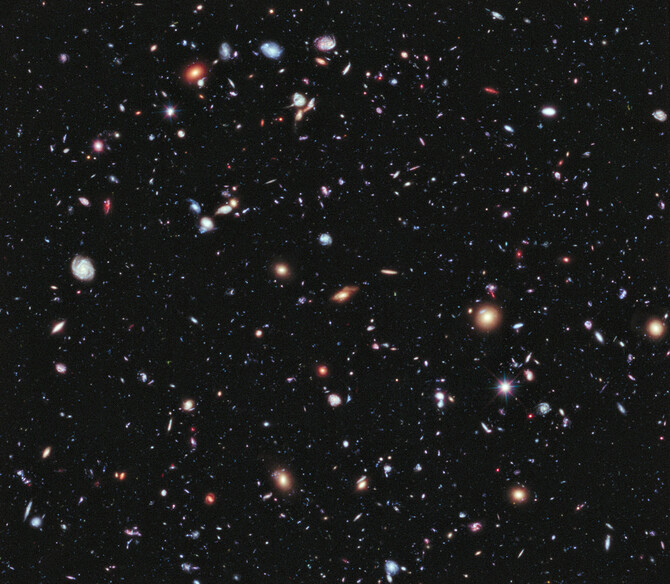Penn-led Project Investigating the History of the Universe Receives $700,000 NASA Grant
A University of Pennsylvania-led project, the Spectroscopic Terahertz Airborne Receiver for Far-InfraRed Exploration, or STARFIRE, has received a $700,000 grant from NASA to investigate a longstanding mystery in cosmology.
Through centuries of careful observation, scientists have developed a clear picture of what the universe looked like in its infancy. This picture stretches from the big bang to the so-called “dark ages” of the universe, to the collapsing clouds of gas and dust that formed the very first stars in the very first galaxies.
But there are gaps in our understanding of how the universe evolved into the one we live in today.
Scientists at Penn and NASA’s Jet Propulsion Laboratory are hoping to change that through STARFIRE. The project is led by James Aguirre, an associate professor of physics and astronomy in Penn’s School of Arts & Sciences.
“STARFIRE will help us investigate what was going on within galaxies when the universe was around half its current age,” said Alyssa Barlis, a graduate student at Penn involved in the project. “We'll be observing galaxies when the universe was forming stars at its greatest rate and measuring how quickly those new stars were forming. The goal is to use what we observe to fill in gaps in the timeline of galaxy evolution.”
The project will use detectors more sensitive than any ever built to look at the universe in infrared and to deeply map a portion of the sky. This will allow researchers to see a chunk of cosmic history as far back in time as 4 billion years after the big bang up until a few billion years ago.
STARFIRE will investigate the rate of star formation throughout the history of the universe. According to Aguirre, there was a period of time when all the conditions in the universe were right and it was producing many stars. But now, he says, we’re just “coasting.”
“For the last 6 or 8 billion years, the rate at which stars are forming has been falling off,” he said, “and it doesn't seem to be related to the fact that the universe is expanding or even accelerating. It’s something else, something about the way star formation works.”
Through STARFIRE, the researchers hope to figure out what the universe was like when it was about half its current age and understand what is driving this change in its behavior.
Until now, the problem with observing star formation in the universe was that the most prolific star-forming galaxies are also the most dusty. This dust obscures the view so that, when scientists observe galaxies in visible light, they only see about half of the star-formation history.
Because STARFIRE observes in the far infrared wavelength, it sees through this curtain of dust, enabling scientists to get a more accurate measurement of the rate of star formation.
While the actual telescope used in STARFIRE will be fairly conventional, the detectors, forming an imaging spectrometer system which will collect data from the telescope, will push the limits of current technology.
“The instrument will have 3,600 pixels capable of detecting infrared light from galaxies,” Barlis said. “The signal that we need to detect is very faint, so the detectors have to be extremely sensitive.”
The devices that Barlis is working on rely on superconducting technology, which means they need to use a specialized refrigerator to cool them to less than one degree above absolute zero.
To get above the atmosphere, and away from the water and other molecules that would obscure its measurements, the STARFIRE telescope, which will have a mirror two and a half meters across, will be launched 35 km above the ground hanging from a balloon about the size of a football field.
After about two weeks of observations, the scientists will cut down the balloon and retrieve the important parts of the instrument for future flights.
Although the project is still in its infancy, Aguirre hopes that this grant money will put them on the path to proving that this new detector technology works and to proposing a full-scale mission that will give a more complete picture of the history of the universe.
“The light STARFIRE will collect was emitted by stars 8 billion years ago, way before humans existed, and we will use that light to learn about the details of what was happening in galaxies,” Barlis said. “I think that's incredibly exciting.”








